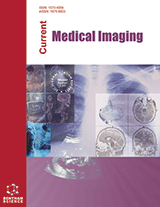
Abstract
With the global prevalence of Alzheimers Disease expected to double in the next twenty years, the importance of early diagnosis and biomarkers for disease progression has never been more important. Magnetic Resonance Spectroscopy (MRS) is becoming an increasingly important tool for measuring pathology, disease progression, and drug treatment effects. 2D and 3D Chemical Shift Imaging (CSI) is a burgeoning technique that may play an even more key role as technology advances, allowing for faster and more accurate acquisition while acquiring more myriad data than conventional single-voxel MRS. Measurement of brain metabolites in vivo, such as N-acetyl-aspartate, choline, creatine, myoinositol, glutamate, and glutamine, allows researchers and clinicians alike to better understand the complex processes and interactions that are occurring in the brain from normal ageing, through mild cognitive impairment to dementia and Alzheimers Disease. This review examines the current state of 2D/3D CSI research on Alzheimers Disease, including a brief history of spectroscopy, current applications, biological and technical challenges, and highlights of technological advances that will drive future development of the technique.
Keywords: Alzheimer's Disease, CSI, chemical shift imaging, spectroscopy, MRI, MRS, 2D, 3D, SNR, NMR, 3D-CSI, NAA
 23
23










